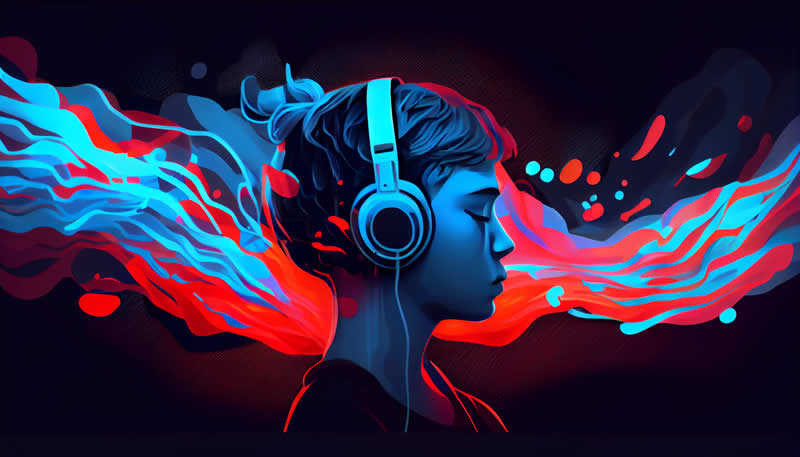From Vinyl to Virtual: The Evolution of Music Consumption
From Vinyl to Virtual: The Advancement of Music Utilization
The development of music utilization has been downright progressive, taking us on a charming excursion from the simple domain of vinyl records to the endless virtual scenes of streaming stages. This change reflects innovative headways as well as the moving social and cultural ideal models that shape our melodic encounters.
Not long ago, the snapping sound of a vinyl record turning on a turntable was the soundtrack of numerous families. Vinyl records carried a closeness to music utilization, with audience members cautiously putting the needle on the furrow, fascinated in the collection workmanship and liner takes note of that went with the actual relic. The demonstration of flipping the record and physically picking tracks added a substantial commitment that resounded with music fans.
The tape period presented a newly discovered compactness, permitting audience members to convey their number one tunes with them. The mixtape culture arose, empowering people to arrange customized assortments of tunes that caught their feelings and encounters. This time likewise established the groundwork for music sharing and the mutual part of appreciating music with companions.
As innovation progressed, the conservative circle (Compact disc) reformed music utilization. With computerized capacity and great sound, Compact discs offered comfort without the mileage of vinyl records or tapes. The idea of “skipping tracks” turned into a standard, changing how audience members drew in with collections as complete show-stoppers. Nonetheless, the computerized period was not far off, prepared to reshape music utilization indeed.
The beginning of the computerized age achieved a seismic change in how music was gotten to and shared. The coming of MP3s and online stages like Napster prompted a flood in music robbery, testing customary plans of action and provoking the music business to adjust. This period denoted the start of the continuous discussion between copyright security and the free progression of computerized content.
Then, at that point, came the groundbreaking force of streaming. Administrations like Spotify, Apple Music, and YouTube offered exceptional admittance to huge music libraries, presenting the idea of membership based music utilization. Audience members at this point not expected to buy individual collections; they could investigate whole discographies, find new specialists, and make customized playlists custom-made to their mind-sets and inclinations.
The development of music utilization additionally resembled the democratization of music creation. Computerized sound workstations (DAWs) engaged specialists to deliver proficient grade music from the solace of their homes. Free performers acquired the capacity to independently publish and contact a worldwide crowd through stages like SoundCloud and Bandcamp.
Today, computer generated reality (VR) and expanded reality (AR) advancements are ready to upset music utilization again. VR shows and vivid encounters transport crowds into virtual settings, obscuring the lines between the physical and advanced universes. Artists are investigating creative ways of drawing in fans through intuitive VR exhibitions, changing the actual idea of unrecorded music.
All in all, the development of music utilization is a demonstration of human resourcefulness and flexibility. From the material commitment of vinyl records to the unfathomable comfort of streaming stages and the arising outskirts of augmented reality, our relationship with music keeps on developing in a state of harmony with mechanical headways. While the strategies for utilization have changed, the inborn force of music to inspire feelings, recount stories, and join individuals stays immortal, rising above the limits of both simple and computerized domains.

